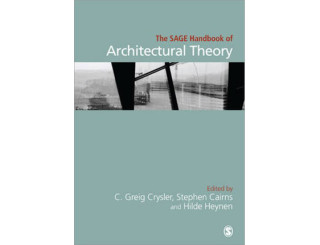
The profound complexity inherent in landscapes – precisely because they embody culture and nature, art and science, the collective and the personal, the natural and the artificial, the static and the dynamic – has led to the use and abuse of the term (Berrizbeitia 2001). In an era when the city is progressively built by an ad-hoc project modus, the widespread (re)emergence of landscape is indicative of a paradigmatic shift. Indeed, over the course of the twentieth century, there has been a change from landscape as a negotiated condition between ‘natural’ and ‘artificial,’ towards landscape as a richer term, embracing urbanism, infrastructure, strategic planning, architecture and speculative ideas. Landscape discourse has shifted from landscape-as-picture (and its historical associations to painting) to landscape-as-process (and thus the contemporary meta-narrative of biology) (Somol 2001: 128); landscape has evolved from the pictorial to the instrumental, strategic and operational.
This chapter will document and critically analyze a global spectrum of changing development conditions and the way landscape engages with them. It will focus on projects that exemplify what has become known as ‘landscape urbanism’ a mode of landscape architecture and urbanism that goes beyond conventional park and garden design on the one hand, and avant-garde topographical landscape manipulations on the other. Landscape urbanism emerged as a new term in the United States in the 1990s (Corner 1999); it became part of European theory a few years later (Marot 2003; Mostafavi and Najle 2003). It was introduced as a savior to the discipline of urbanism and the more conventional and static tools of land-use and master-planning.

